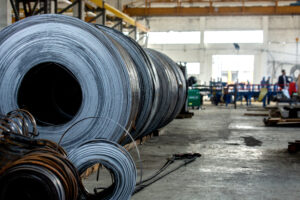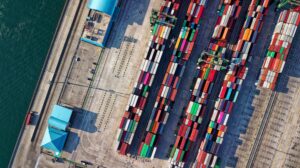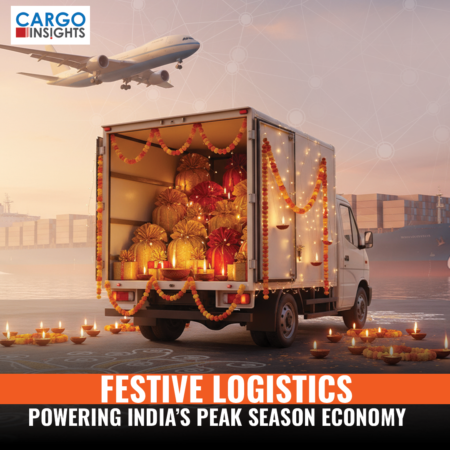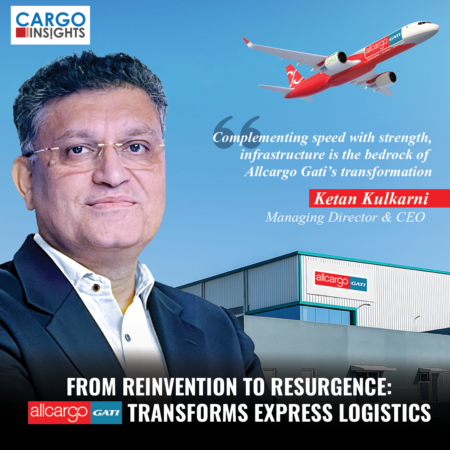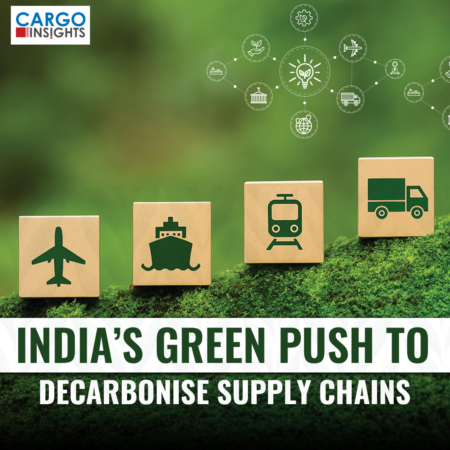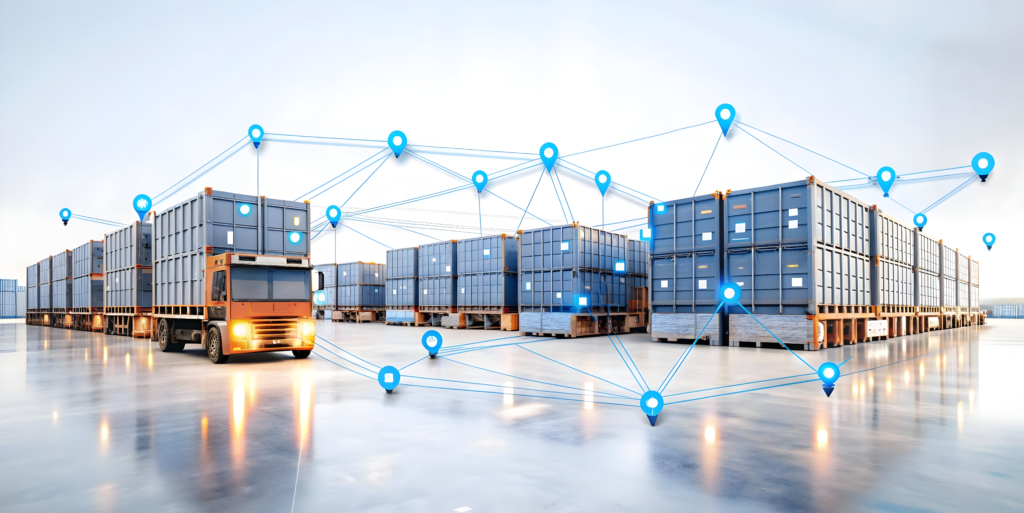
India’s supply chains are at an inflection point, where ambition and opportunity are converging like never before. The world of trade is changing fast, shaped by shifting geopolitics, new corridors of commerce, and the growing demand for resilience over sheer efficiency. In this backdrop, India is not just keeping pace; it is striving to redefine its role. By anchoring itself in global routes like the India–Middle East–Europe Economic Corridor (IMEC) and the International North–South Transport Corridor (INSTC), while simultaneously investing in homegrown digital systems, multimodal logistics parks, and robust policy reforms, India is building a logistics backbone that is both outward-looking and inwardly strong.
The road ahead, however, is not without hurdles. To truly emerge as a global logistics hub, India must navigate challenges that range from infrastructure gaps and regulatory complexities to the urgent need for new skills and talent. At the same time, there is growing pressure from global partners to meet ESG standards, embrace sustainable practices, and lead with technology-driven solutions. This balancing act between resilience and efficiency, cost competitiveness and sustainability, and global integration and national self-reliance will define the country’s logistics story in the coming decade.
What makes this journey compelling is the broader vision: moving from “Make in India” to “Ship from India.” It’s about positioning the nation not just as a manufacturing base but also as a trusted link in global value chains. In this special feature, industry veterans share their views on the opportunities, challenges, and bold possibilities that lie ahead. Their insights remind us that India’s logistics evolution is not simply about moving goods faster or cheaper; it’s about building confidence, resilience, and credibility on the world stage. By 2030, the shape of an India-led global supply chain may look very different and, perhaps, more influential than ever before.


